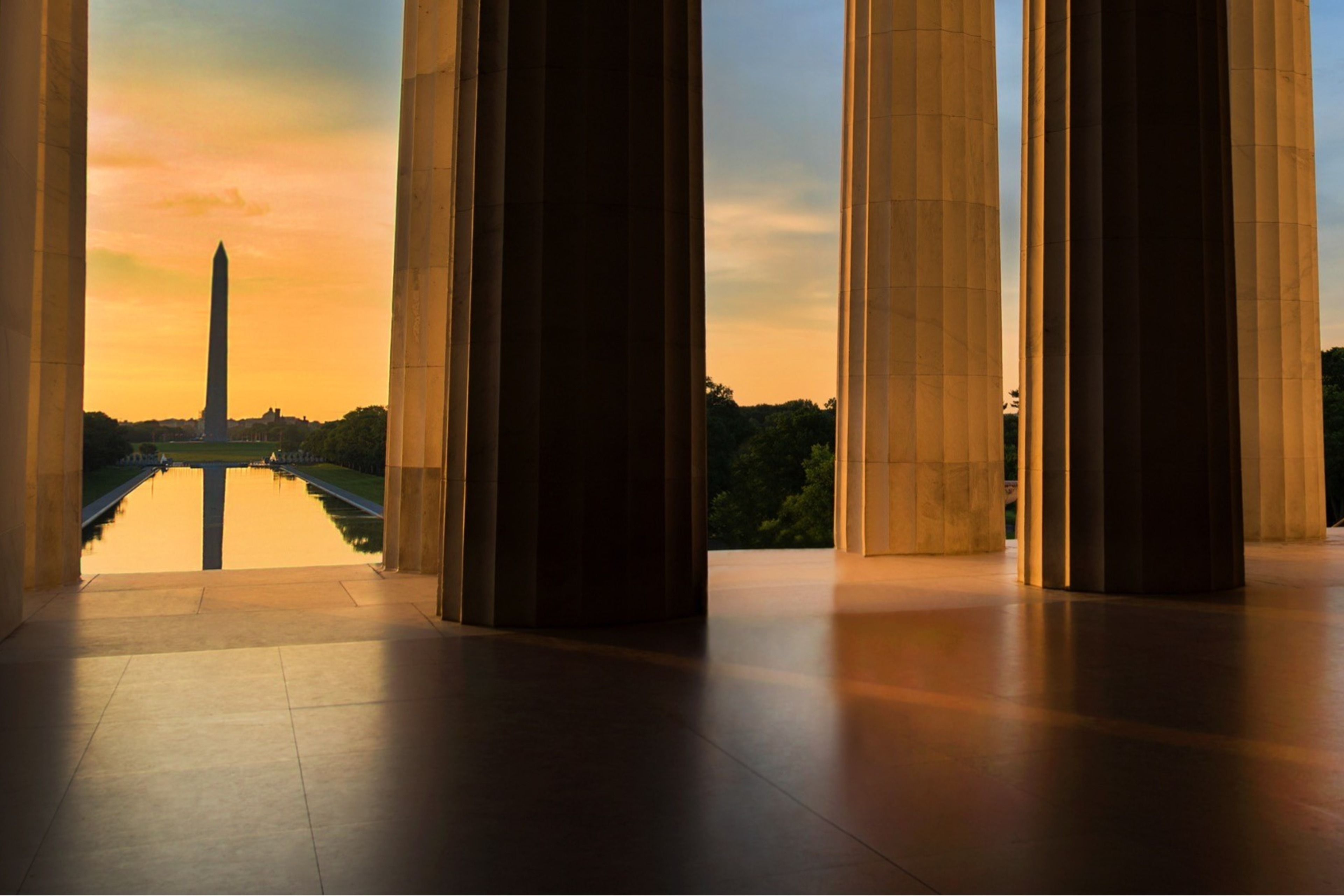EY refers to the global organization, and may refer to one or more, of the member firms of Ernst & Young Global Limited, each of which is a separate legal entity. Ernst & Young Global Limited, a UK company limited by guarantee, does not provide services to clients.
How EY can help
-
Washington Council Ernst & Young (WCEY) is a tax, legislative and regulatory group within Ernst & Young LLP that combines the power of a leading professional services organization with the on-the-ground knowledge, personal relationships and attention to detail of a boutique Washington-insider firm.
Read more
At this point, the House has approved its version of the FY2025 budget resolution by a narrow 217-215 vote after securing the votes of some Republican holdouts, setting the stage for the “one big beautiful bill.” Shortly before the House action, the Senate passed its own FY2025 budget resolution setting up a “skinny” reconciliation bill that addresses near-term funding for the border and other issues, which would leave a tax bill and budget savings to a second budget resolution.
There still will need to be significant negotiation and compromise for the House and Senate to agree on the same budget resolution. Some House Republicans don’t want to change their hard-fought spending cut parameters, and others want the savings requirements softened. Senate GOP leaders have suggested multiple elements of the House resolution are problematic. At the very least, the House resolution will need to be changed to provide reconciliation instructions to Senate committees. After that, crafting the reconciliation legislation itself will require negotiation within the House, within the Senate, and then between the two chambers. This negotiation primarily occurs between the “Big 6” negotiators – the top Republican leaders in each chamber, tax committee chairmen, and the Administration, including Treasury Secretary Scott Bessent. The House Ways and Means Committee is already developing the outlines of a tax bill.
While a budget doesn’t prescribe specific policies, the House resolution requires deep mandatory spending cuts in exchange for tax cut extensions. Social Security and discretionary spending are off-limits in reconciliation, putting the focus on mandatory spending like Medicaid changes, the Supplemental Nutrition Assistance Program (SNAP), the Temporary Assistance for Needy Families (TANF) program, some veterans’ programs, etc. The prospect of Medicaid changes is raising concerns in the Senate, along with the details of the tax cut extensions. A broad group of Republican Senators want to make the expiring TCJA provisions permanent by using a current policy baseline, rather than the current law baseline assumed in the House budget and have expressed concerns that the House resolution doesn’t provide sufficient space to achieve that.
The House resolution requires at least $2 trillion in deficit reduction from other committees to avail the Ways and Means Committee a full $4.5 trillion net deficit increase for tax cuts. A minimum of $1.5 trillion in mandatory spending cuts is required from the other committees, including $880 billion from the Energy and Commerce Committee that has jurisdiction over Medicaid. Notably, the total tax cut amount would be reduced dollar for dollar if savings fall short of $2 trillion.
Achieving $2 trillion in mandatory spending cuts is no small feat. A group of House Republicans representing districts with significant lower-income constituencies formalized concerns about Medicaid cuts from Energy and Commerce, education program cuts from the Education and the Workforce Committee, and nutrition program cuts from the Agriculture panel. Senator Josh Hawley (R-MO) and possibly others are concerned about Medicaid changes.
The range of potential targets for spending cuts is limited further by President Trump’s assertion that budget savings sought by Republicans would not be derived from reducing Medicaid and Medicare benefits for “deserving beneficiaries”. Rather, proposals will only target waste, fraud and abuse in the programs. House Speaker Mike Johnson (R-LA) has ruled out moving Medicaid payments to a per-capita-cap payment system that would constrain federal payments based on state population. He said March 2 that cuts to Medicaid, Medicare and Social Security are off the table, and Republican efforts would focus on combating fraud and abuse. At this point, House Republicans have not suggested that actual reconciliation savings could come from the so-called Department of Government Efficiency (DOGE) or tariffs. But congressional Republicans are expected to point to those and other savings that happen outside of reconciliation as also affecting the budget deficit.











